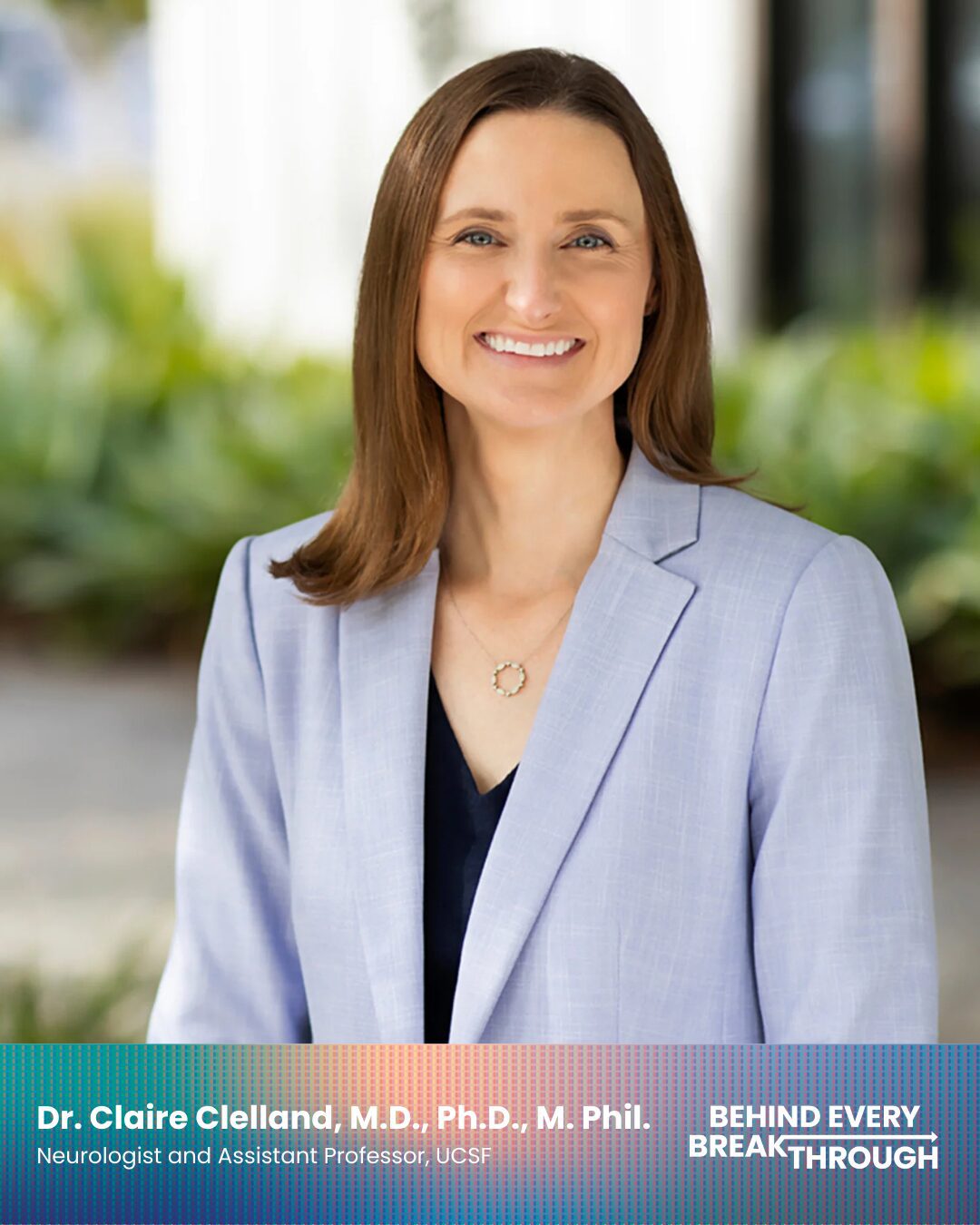At the 2025 Target ALS Annual Meeting, Dr. Cindy Ly radiated quiet energy and focus—qualities that have served her well in her pivotal role as a Principal Investigator of both the Target ALS Postmortem Tissue Core and Longitudinal Biofluids Core. Based at Washington University in St. Louis, she leads one of the most advanced and collaborative tissue banking initiatives in ALS research today.
This year’s meeting marked her fifth, and she was struck by how far the ecosystem has come. “I’m really amazed by how much the Global Natural History Study has expanded,” she said. “It’s one thing to hear about new sites joining over email, but it’s something else to meet new PIs face-to-face and feel the momentum.”
Her path to this work traces back to her childhood in Houston, where she was drawn to science through her father’s influence. At UT Austin, she developed an interest in neuroscience—and later pursued both an MD and PhD at Baylor, determined to bridge scientific discovery and patient care. It was during her neurology rotation that she first encountered patients with ALS. “There was so little available for them,” she recalled. “I knew I wanted to apply my skills to this space, to contribute in a meaningful way.”
Today, as a leader in the Target ALS Postmortem Tissue Core, she’s doing exactly that. The initiative spans six academic centers, collecting meticulously processed brain and spinal cord tissue from hundreds of ALS cases and controls. “What sets our effort apart is the people,” Dr. Ly emphasized. “We’re a group of like-minded scientists committed to high-quality, well-curated tissue—because we know what a difference that makes.”
This difference is most evident in the scale, standardization, and linked metadata that make the resource so valuable. Each sample is backed by a wealth of matched clinical, genomic, and multiomic data. “We’re already seeing researchers use the dataset in new ways,” she said. “But I think the full potential is just beginning to emerge.”
One especially promising frontier is long-read sequencing, a technology gaining traction in the ALS field. “With short-read sequencing, you get snippets of the genome,” Dr. Ly explained. “But with long-read, you can uncover entire repeat expansions and complex splicing events.” This is critical in diseases like ALS, where missing heritability remains a major puzzle. “There’s an undefined genetic component we’re only starting to unravel,” she added.
Still, she’s pragmatic about the tradeoffs. “Long-read sequencing is powerful, but it’s expensive. We need to be strategic—targeting hereditary cases or those with unexplained symptoms. Over time, though, I think it will become more standard.”
Dr. Ly is also energized by the culture of collaboration fostered by Target ALS. “We talk openly about challenges at our institutions. It’s like a support network,” she said. “We balance each other out—and that’s how we move forward.” One highlight from this year’s meeting? Finally meeting a collaborator, Dr. Moses Leavens, in person after a year and a half of virtual work on a novel postmortem assay. “It’s these relationships that drive progress,” she said.
With new data releases on the horizon and ongoing cross-core projects, Dr. Ly remains both grounded and optimistic. “There’s still so much to do. But meetings like this remind me that we’re doing it together.”




